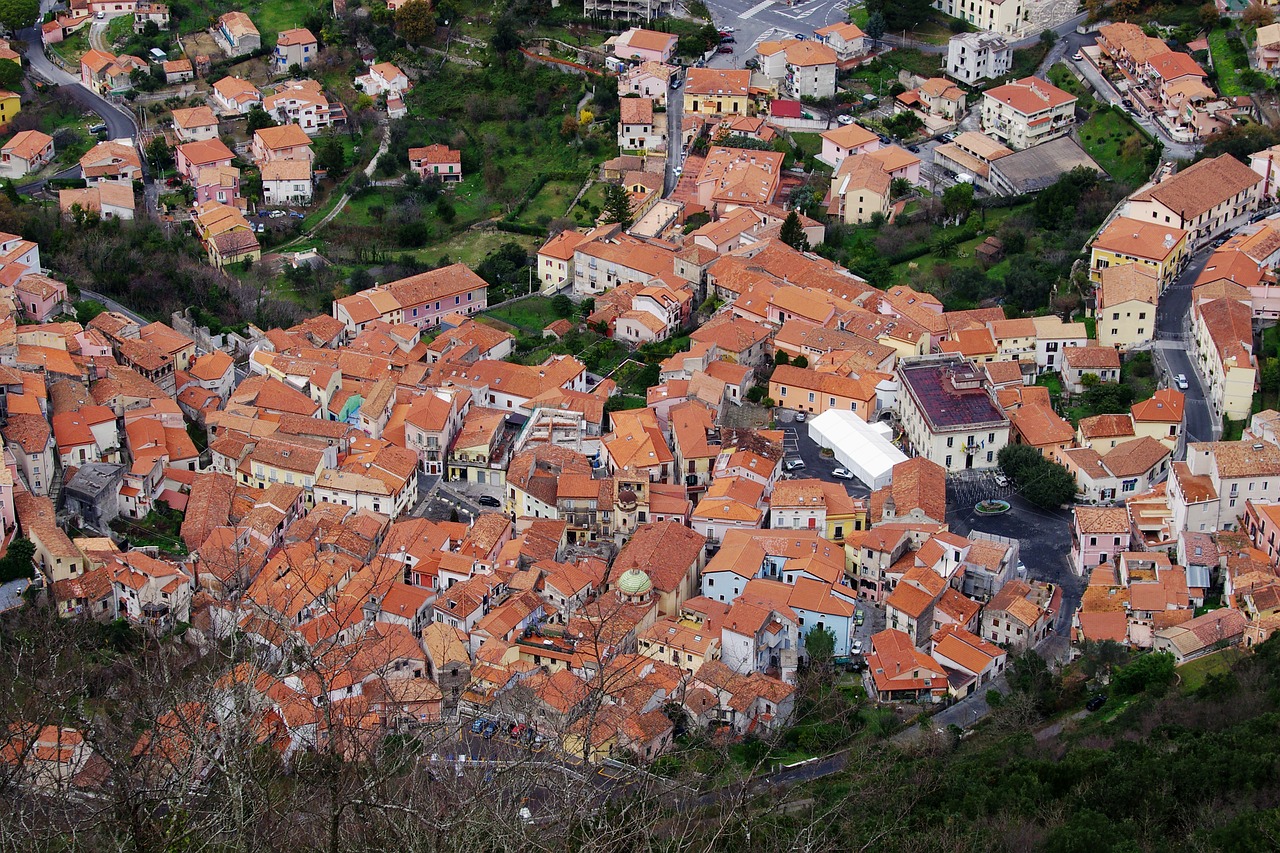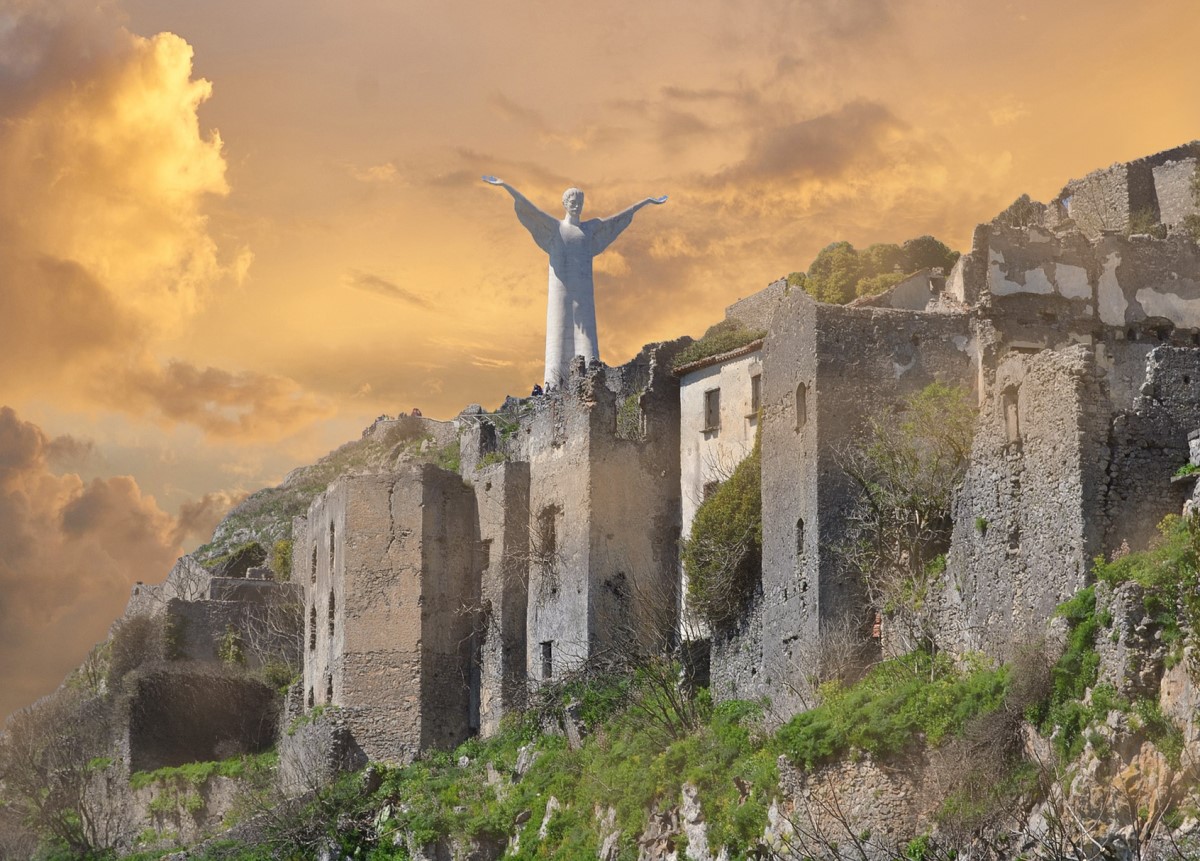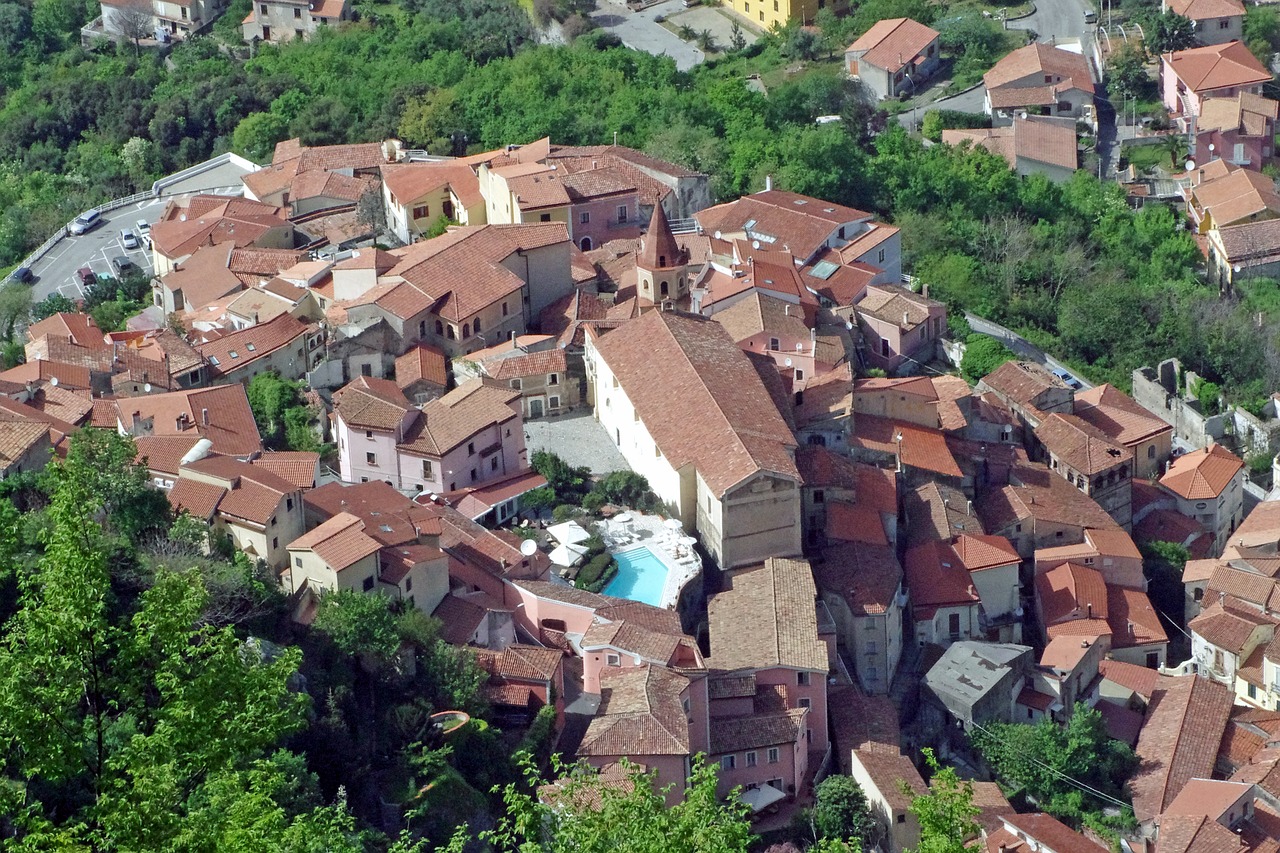Login with your member password below to see your content
Why not become a Supporter?
Click the more info button to see what we offer...
Maratea
Blessed by the Sun & Protected by Christ the Redeemer
The region of Basilicata is probably the least known of all Italian regions, and yet it sparkles with some real gems, like Maratea. Tucked between woods, mountains, and the sea and looked over by the marble statue of Christ the Redeemer, this is a town where precious memories are just waiting to be made.
Let's start our journey...
The Old Town/Il Centro Storico
It is in the old town that you'll find the heart and soul of Maratea, and wandering the lanes will reveal its secrets in languid style.
Like many of the old buildings you pass, with layers of ancient plaster crumbling away and exposing centuries-old stone, so it is with the town; slowly, layer by layer, its charms reveal themselves.
A day is never enough here; two or three days are better. The town you leave after a day is not the town you'll leave after a few days. One day gives you only a superficial feel; after three days, you can't help but love the place.
You'll find breathtaking views suddenly appearing around corners, then a little family-run trattoria, shops filled with fascinating local products, salami, cheeses, and so much more.
I made my most wonderful discoveries down tiny alleyways that appeared to go nowhere—one of my favorites, and one that you'd do well to discover for yourself, is La Merenderia (Traversa Dietro l'Annunziata nr. 10), a sheer delight. Your taste buds will thank you for visiting.
I warn you to avoid Pasticceria Panza, though; their pastries are addictive—you could easily destroy a year of dieting in a few days of visiting Panza.
So what is there to do in Maratea? Well, days here are spent gasping at the views, eating, walking, chatting to the always friendly locals, eating, popping into the little churches, and eating.
It's a life that starts to become very addictive and quickly expands your waistline.
The churches to see include the 10th-century San Vitus and Santa Maria Maggiore, but there are plenty of others that you'll come across as you explore—not for nothing do they call Maratea the "city" of 44 churches.
I love discovering them, stepping into the cool, dark interiors, and kneeling in prayer for a little while, often all alone. I find a great sense of peace like this before stepping out into the bright sunlight and the loud, passionate life of southern Italy once again.
Spend time at one of the bars or restaurants in the piazza too, either sipping a coffee or, later in the day, savoring an aperitivo.
The main piazza is the one with the town hall and fountain. There's a lovely bench under a big, shady tree here, perfect to relax for a little while and chat with the elderly town folk. You'll find them catching up on the day's news around mid-morning or in the late afternoon.
A prettier little piazza is Piazza Buraglia, lined with colorful little shops and a restaurant or two.
Down by the Marina
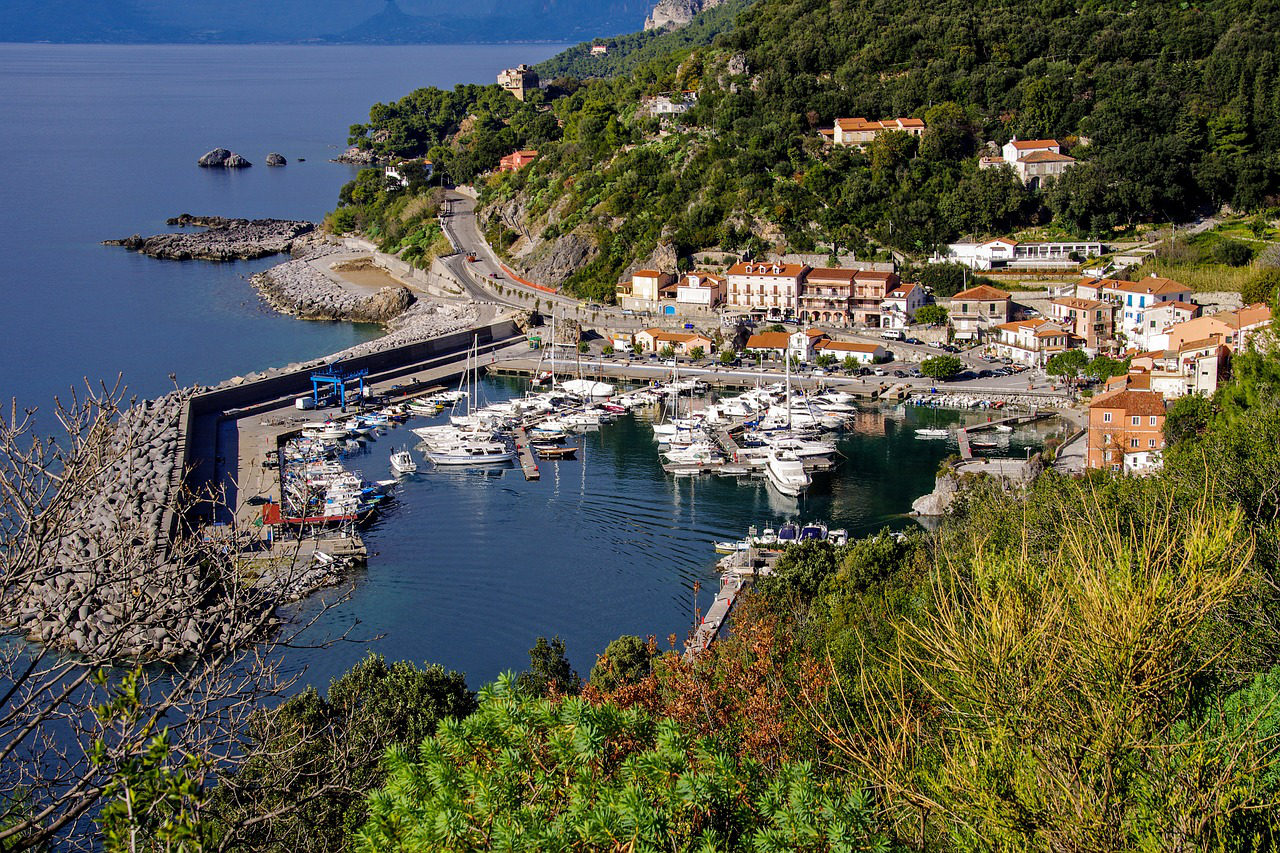
Pretty as a postcard, photos don't do it any justice at all. It reminds me a little of some of the Cinque Terre towns.
It's a great spot to enjoy lunch or dinner too, and the restaurant you'll want to visit here is 1999 Il Ristorante. They've got a lovely location near the marina. Gaze out upon azure seas, bobbing boats, and the green hills behind you as you dine on fish that was swimming earlier in the day.
It's not the cheapest, but the good food and views make it worth the splurge.
Christ the Redeemer
And you thought that only Rio had a Christ the Redeemer statue? Well, Maratea has one too. This one is made of white marble and is called the Redentore.
The idea for the statue came about in the 1950s and was the idea of an industrialist from Piedmont; locals were divided—they either loved or hated the idea. Since those days, things have changed, and it is now a part of the town and loved by most.
Heading up San Biagio hill to the statue, which symbolizes the hope of Maratea, it was sad to pass by the ruins of a settlement dating back a thousand years. It was destroyed by Napoleon in 1806. Most of the people who lived here were evacuated to Sicily and, upon returning, rebuilt their city lower down the hill.
Also to visit on the hill is the Basilica of San Biagio. San Biagio is the town's patron saint, in honor of whom a festival is held during the second week of May.
If you've got a car, drive up here; otherwise, I'd recommend a taxi.
Although the walk from the old town is only around 3 miles, the road linking the town to the hill doesn't have a sidewalk and is dangerous to walk along. Cars hurtle around the bends and can't always notice pedestrians until it is too late.
Beaches
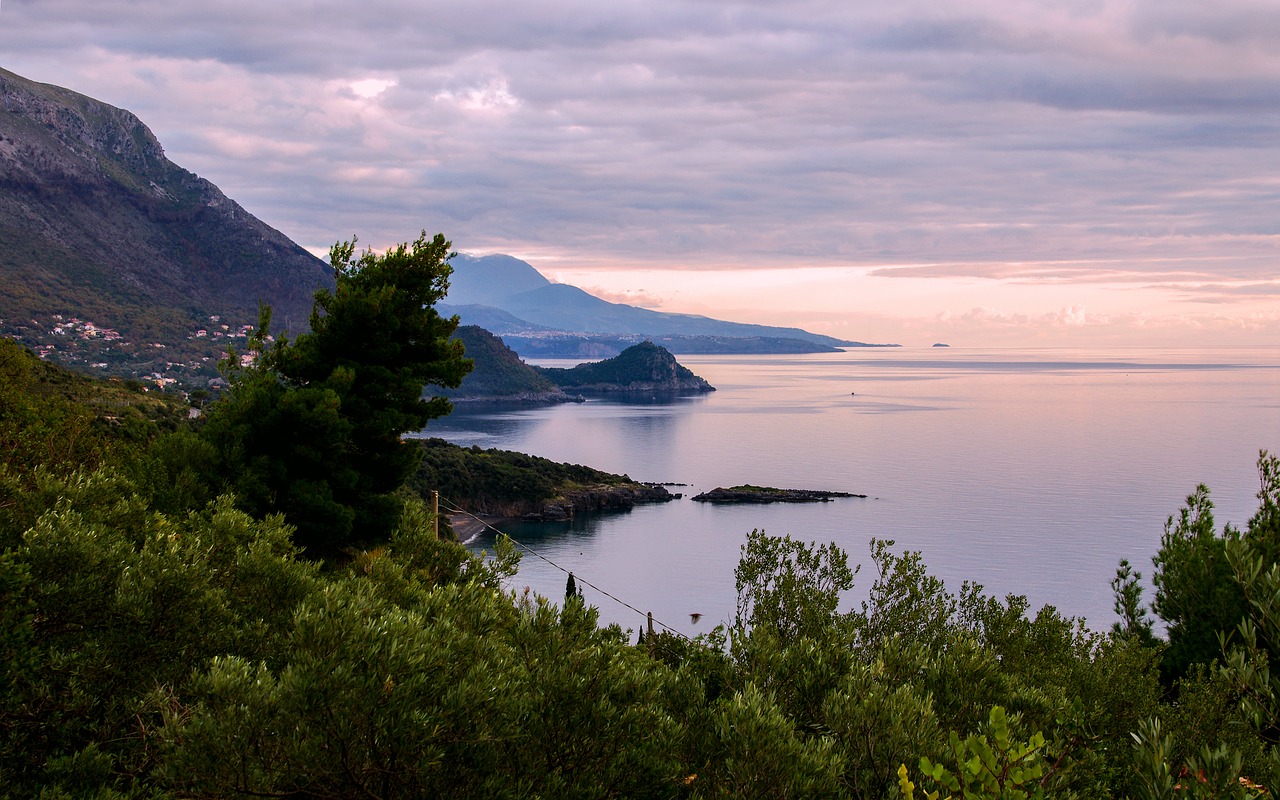
I prefer those little beaches tucked away in tiny coves; head a little north, towards the next town of Acquafredda, and you'll find some gems. The dark sand and sometimes gravel of these beaches contrast with the green Mediterranean vegetation and the sparkling blue and turquoise waters.
Boat trips out to secret little beaches are easy to organize from the Maratea Marina. Most boat owners are happy to drop you off in your own secret little sand cove and pick you up later in the day.
If you don't want to do a boat trip, the best beaches to visit by land are the main beaches in Maratea, with the lovely Spiaggia Fiumicello being the best of them and probably the best beach for little children too.
A little out of town, the following beaches await:
Cala Jannita: Most locals call this the Spiaggia Nera on account of its black sand. It is absolutely beautiful, if a little hard to get to. If you do want to visit, head south from Maratea on SS18. Look out for signposts on your right; you'll see four brown signs, one above the other.
The third sign down says Spiaggia Nera; follow the signs to the parking area where you'll pay an entrance fee for the day and then walk along a footpath, immersed in beautiful and fragrant vegetation, to the beach. The beach is more gravel than sand, and being dark in color, it gets very hot, so bring beach shoes or flip-flops.
Do explore the spectacular caves to the right of the beach; most can be reached on foot, but others you can swim to. Nearly forgot, some of the beach is private but the free sections are just as lovely. They don't offer all the services of the private ones, though, so bring a picnic lunch and plenty of water with you.
Spiaggia Luppa: This beach has won awards for the color, clarity, and cleanliness of its sea and is often considered one of the best in all of Italy. You'll find it in Acquafredda; from Maratea, take the SS18 north, and in Acquafredda, you'll see a big blue sign on the right pointing to the Hotel Gabbiano; follow that road, and you are there.
Where to Stay
Before sharing the options, I need to ask you why you are visiting Maratea: is it mostly for the beaches and sunshine? Or is it principally for the chance to enjoy the history and atmosphere of the old town?
Depending on your answer, these are the hotels I recommend:
- Beach: very expensive but right near the beach is the Santavenere Hotel; it's the kind of place to really relax and be pampered.
- Old Town: How about finding some peace and quiet in a convent? Well, it isn't a convent anymore, although I can promise you the stress will melt away within hours of settling into life at the Locanda Delle Donne Monache. Everyone I met working at the hotel was so friendly and helpful, the pool is great and if you can't live without a bit of beach time, don't worry... they have a free shuttle. The only issue is that being in the hilly old town, there are a lot of stairs in and around the hotel so if you don't like to walk or can't walk much, you will be better off at one of the other hotels I mentioned nearer the coast.
Where is Maratea?
You can get to Maratea by train. It was connected to the main Italian rail network over a century ago, thanks to locals who emigrated to the USA in the 19th century and raised money to help lift their town from poverty by improving the infrastructure.
The station is way down the hill from the old town so organize with your hotel for a transfer.
You can get around and explore the coast on the local buses—they are surprisingly affordable and reliable. There are various companies offering bus services—your hosts or hotel will be able to help with timetables.
The best option, though, is to have a car. The drive down here from the Amalfi Coast is lovely, with lots of delightful little towns to visit on the way. On your way to Maratea, I really recommend you spend a few days in the Cilento area—it's one of Italy's best-kept secrets.
A car is certainly the better option to explore inland too, for getting up the hill to the statue and to enable you to enjoy some of the spectacular coastal drives nearby.
If you've the time, explore a little more of Basilicata too, places like Castelmezzano and Matera.
- HOME
- A Secret Italy Home Page
- Index
- Maratea
